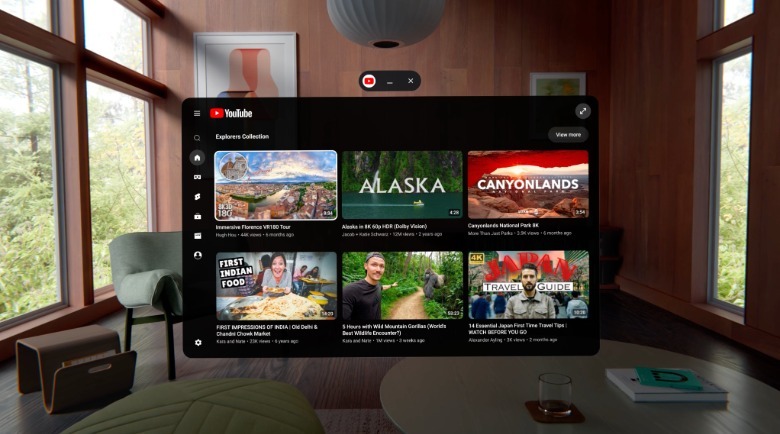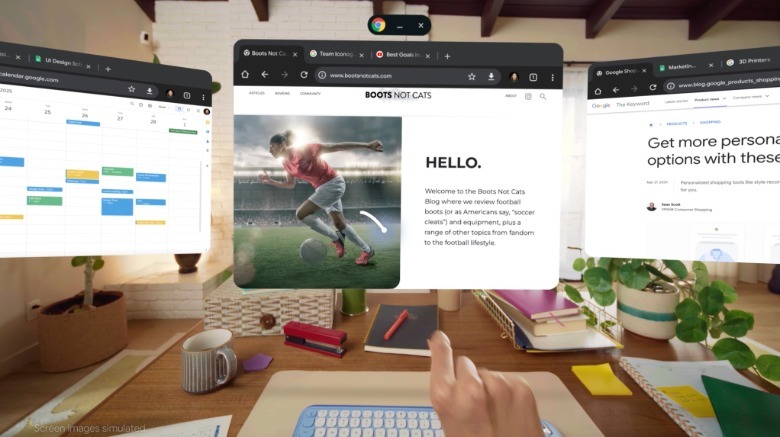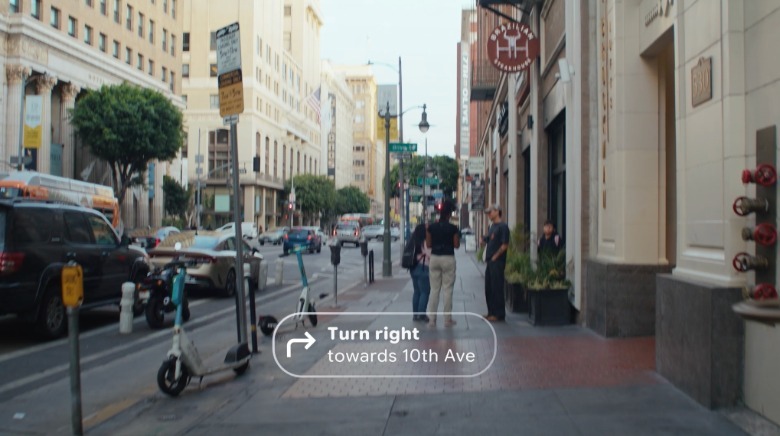Android XR Wants To Give You Tony Stark Vision (But You'll Still Look Pretty Dorky)
We may receive a commission on purchases made from links.
Google just rang in Christmas a tad early for XR enthusiasts. The blissful news is that Android is officially getting a dedicated XR platform for headsets and smart glasses. The bad part is you may not look as cool indulging in Android XR goodness as Tony "Iron Man" Stark did while conceptualizing laser-loaded flying armor and creating a new element in thin air. That's because the first Android XR gear that hits the shelves (still) looks dorky and pretty familiar.
Actually, scratch all that and think of a brazen Meta Quest Pro copycat streak — in gray. To go with Google's announcement, Samsung has just showcased its upcoming XR headset code named "Project Moohan" that will arrive next year. According to the Korean electronics behemoth, its XR headset will offer perks such as passthrough vision (à la Meta's updated Quest series hardware) and will essentially turn the Android you know into a spatial canvas.
Samsung is also making bold claims like "state-of-the-art displays" and "natural multi-modal input," both of which are a dead giveaway that we are in for some serious silicon firepower to prop up all the onboard AI (read: Gemini) chops and a fittingly handsome asking price. But just how much?
Well, let's hope it doesn't cost a bomb, like the Apple Vision Pro's $3,500 sticker price, and comes with some actual VR controller support, too. Notably, Apple is still figuring out VR controller support for its pricey headset. Samsung is also throwing in a lot of heavy words, but the real player here is the underlying platform familiarity.
Good looks, great timing
Google is envisioning Android XR as an "open, unified platform for XR headsets and glasses." Work has been underway for a while now, and Google seems so bullish on the new adventure that it will "soon" begin real-world testing of prototype glasses, in addition to the headset that Samsung just showcased.
The most promising aspect of Android XR — apart from all that immersive snazz and spatial computing jazz — is that it is ready for all your Android apps right out of the box. That solves the biggest XR hurdle, which is the lack of a rewarding software ecosystem to indulge on a larger canvas. Beyond that, there's only the spatial makeover and standout experiences left. Google seems to have covered both aspects, or so it claims.
Apps such as YouTube, Google TV, Photos, and Google Maps have already been reimagined to offer an immersive AR/VR experience. On top of that, Google has also given a fitting makeover to Google Maps that will have you "soaring above cities and landmarks." On the productivity side of things, Chrome will offer multiple windows floating in the air, an implementation we have already seen on proprietary software from the likes of RayNeo and Xreal.
Xreal is actually one of the early Android XR partners, so that's a pretty exciting development to witness ahead of CES 2025. The real standout experience will onboard the multi-modal Gemini AI experience, which entered its v2.0 era a day ago and brings features like passthrough navigation, real-time translation, and more.




